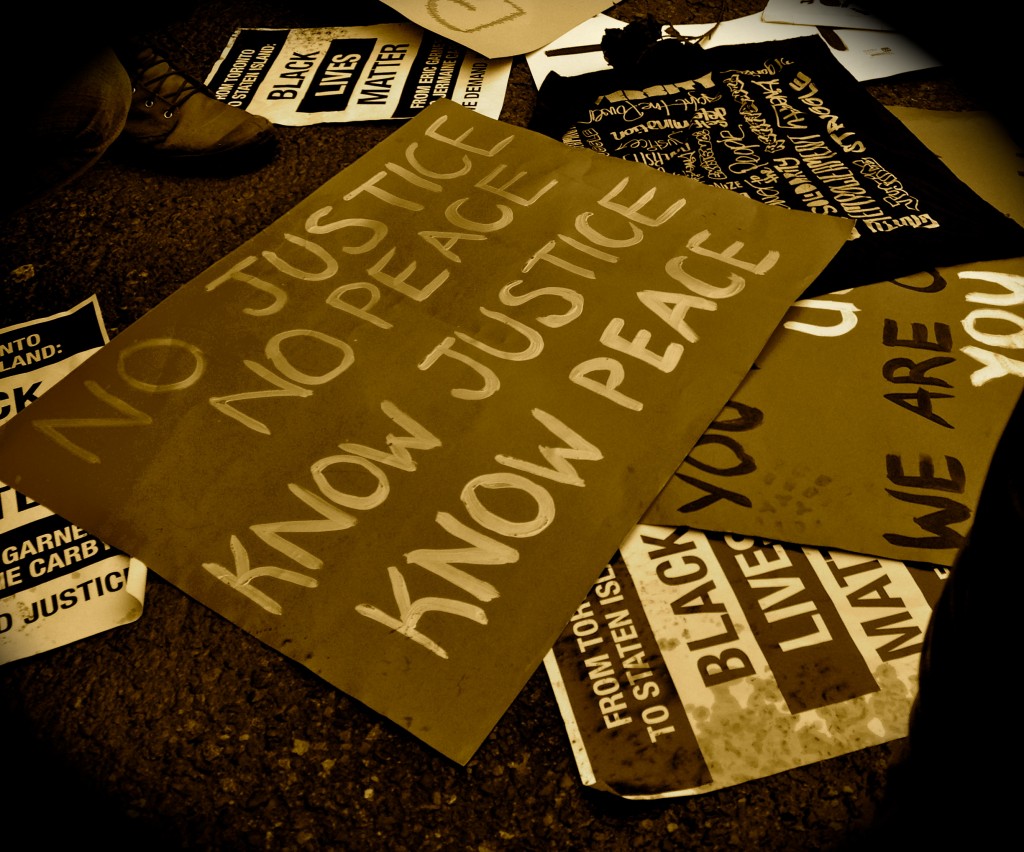This is guest post was written by Nicole Bernhardt, a human rights and equity specialist.
As a person who regularly runs workshops on equity issues I have found myself in many conversations about what terms best describe the sort of work that I do. The buzzwords ‘diversity’ and ‘inclusion’ have surged in popularity amongst banks, governments and community organizations alike, so why do so many social justice practitioners, like myself and Nico, cling to the terminology of ‘anti-oppression’? You be the judge, after reviewing the following brief introduction to an ‘anti-oppression framework’ and its difference from diversity frameworks.
‘Anti-oppression’ sees the world that we live in as composed of unequal power relations. These unequal power relations are the product of a collective history in which Canada failed to recognize women as people, attempted to exterminate indigenous peoples, and considered Black and indigenous people to be property. Accordingly, an anti-oppression framework is attentive to these histories and the continuing effect of these histories on the places where we live, work, learn and play.
What are we “anti”?
Anti-oppression sounds like an inherently negative term to some, in part because it begins with the negative – “anti”. This “anti” stands in recognition of the work that still needs to be done and the struggles that are ongoing. This “anti” is opposed to the denial of inequality by folks who claim that we are all equal now. This “anti” is committed to challenging existing power relations. And crucially, this “anti” is opposed to oppression, in all its forms, and makes an effort to avoid repeating this oppression within collective actions, workshops, and community initiatives.
What oppression?
Oppression has been described by publicautonomy.org as
“a pattern of persistent and systematic disadvantage imposed on large groups of people, in many domains of social life, including employment, social status, treatment by the legal system, vulnerability to violence, and more; e.g. racial oppression, gender oppression, etc.”
Oppressions include deep-rooted class relations that allow a small portion of a population to continually get richer, while others are left without adequate food or safe housing. Oppressions can also include being randomly stopped by police based on the colour of your skin. Oppressions also impact who has access to citizenship rights within Canada and who will be treated as an outsider.
What is not anti-oppression work?
Anti-oppression work is significantly different from certain kinds of diversity and inclusion work which claim that including people from different backgrounds is simply good for business. This ‘business case for diversity’ approach stresses that by including a variety of people from different cultures and backgrounds we get better innovations and links to global markets. The troubling part of this approach is that it puts added pressure on the ‘diverse new addition’ to ‘perform their diversity’ by being unique, novel, and above all different. It can feel like the organizational version of “I always wanted a friend who is gay/Black/Asian/insert-your-difference-here.”
This approach also fails to consider why this difference was being excluded in the first place. Anti-oppression work goes beyond reflecting on our own personal biases, to consider what structural biases or privileges are in place. While personal bias-based work asks us to look in the mirror, anti-oppression work asks us to hold the mirror up to the society we live in.
What does anti-oppression work look like?
Anti-oppression work can look like all kinds of different collective actions, community organizations, transformative workshops, and change initiatives. What all anti-oppression work has in common is that it recognizes that oppressions are not based in single, interpersonal events; but are instead present in systems, organizations and social structures that disadvantage groups of people. Anti-oppression work seeks collective strategies to counter these oppressions and insists on systemic change.
Examples of anti-oppression work may include:
- reviewing your organization’s policies and practices to identify any barriers to accessibility
- partnering with community organizations that connect with members of marginalized groups
- creating a ‘priority speakers’ list’ at meetings and workshops that invites those who have traditionally been left out to speak first
So, what’s in a name? A commitment to collective change based on recognizing collective struggles.
Want to learn more? Check out these online resources:
- Access Alliance Anti-Oppression Principles & Practice http://accessalliance.ca/antioppression
- African American Policy Forum on Unequal Opportunity https://www.youtube.com/watch?v=vX_Vzl-r8NY
- Ontario Association of Interval and Transition Houses Anti-Oppression Toolkit http://www.oaith.ca/assets/files/Publications/Intersectionality/integrated-tool-for-policy.pdf
- Or contact me for information on workshops, training and additional support: http://www.nicolebernhardt.com

Nicole Bernhardt is an experienced trainer, investigator and mediator in the fields of equity, anti-harassment, and human rights. In addition to her professional activities, she is currently completing a PhD at York University, conducting research into the efficacy of systemic equity-driven change efforts within the framework of human rights. Find out more about her work http://www.nicolebernhardt.com/
